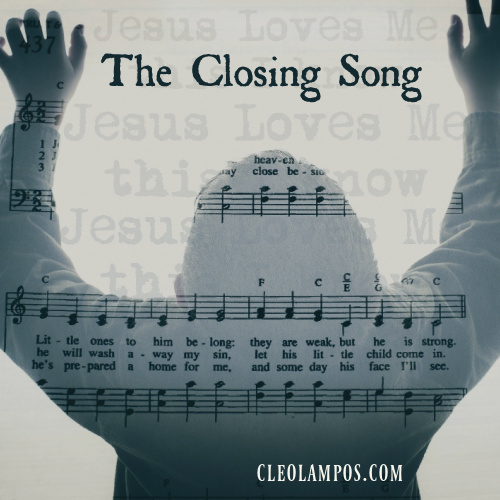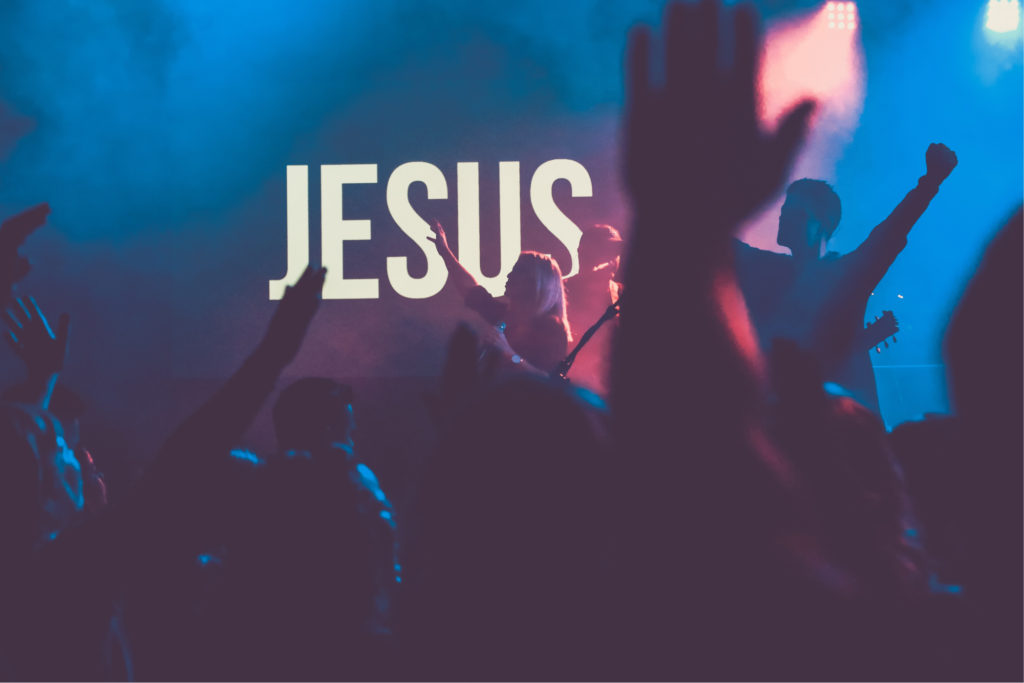Cleo Thoughts, Memories
The Closing Song
“The family of God is the choir, and God is their audience.” – Keith Getty

On any given Sunday morning, the congregation is filled with people with hearts that are aching. Some face joblessness and debt. Others struggle with pornography or opioid addiction. Alcoholism. Unfaithful spouses. Rebellious children and prodigal youth. Unexpected pregnancy. Medical issues. Lost dreams. Aging parents. The smiles on the lips of those in the congregation may belie the pain of their souls. Attendance at the Sunday morning gathering may provide the strength to carry on–or to end it all.
The entire service is planned around the sermon, from the opening songs, intercessory prayers, special music and Scripture reading. The pastor’s sermon lays out the hope from the Word of God to face life with fearlessness and confidence. The pastor builds the truth of the day toward the soul-searching moment of decision for the congregation at the conclusion of his remarks.

The closing hymn.
The hymn at the end of the service is critical to the spiritual state of the congregation who will exit from the safety of the group to the staggering issues of their lives for the next six days. This closing hymn will enable them to keep in mind what they have heard in the sermon. The words of the hymn will guide them in a way to put the sermon into practice.
A rousing hymn may focus on renewed dedication, or consecrated service. A thoughtful hymn will lead to witness, discipleship or reaffirmation of faith. Hymns of thanksgiving fill the heart with the goodness of God.
Dismissal of the service with a Blessing is called the Benediction, and is given by the pastor facing the people. Then, this closing hymn joins all hearts together in community.
The closing hymn could be one from the hymnal, familiar to so many in the congregation and filled with personal memories of God’s faithfulness in time of need. Connecting these emotions from the past to the present strengthens the message of the sermon into the heart of the singer. It brings great comfort for those in a culture of chaos.
A fresh approach to congregational singing is found in the efforts of the Gettys who state: “We are all called to sing praises to God… Part of how every great movement has built deep believers is with the songs they sing… We want congregations to be known by their singing, not their music.” The closing hymn is an invitation for live, in-person voices to blend with communal hope in the darkness of pandemic.

Martin Luther
Martin Luther tapped into the ability of music to touch human emotions. He believed music to be part of God’s creation and thus part of His provision to people’s well-being. Luther did not pen his hymns to appeal to emotions. Luther’s hymns were designed to put the gospel of Christ on the lips of Christ’s people. Content was key, and Christ was the content. There should be a balance in music’s ability to touch emotions and to carry Christ to the Christian.
The American tent revivals used music to elicit emotional expression from frontiersmen who suppressed emotions in their daily lives. The revivals of the past centuries utilized closing hymns to bring the preacher’s message from the mind straight to the heart and the soul. The song leaders of these movements took the congregation by the hand into the Lord’s presence. A place of hope and safety in uncertain times.

Jesus set the example. “And when they had sung a hymn, they went out to the Mount of Olives.” Matthew 26:30. The Passover meal was filled with the singing of Psalms and concluded with a hymn to prepare the disciples for the unknown events. The hymn-singing enabled Jesus to face the Garden of Gethsemane and His arrest. The closing hymn proved to be significant.
The community of song in the closing hymn is still powerful against the forces of darkness. A message in musical form that prepares the congregation to face the enemy up-close and personal. A promise to the people of God who need a victory.
The closing hymn.
“Hymns are companions for life travelers.” – Andy Griffith
Photo credits:
https://pixabay.com/illustrations/praise-worship-praise-and-worship-1154566/
https://unsplash.com/photos/QSa-uv4WJ0k
https://en.wikipedia.org/wiki/Martin_Luther#/media/File:Martin_Luther_by_Cranach-restoration.jpg
https://commons.wikimedia.org/wiki/File:Tent_revival_during_the_Second_Great_Awakening.jpg
